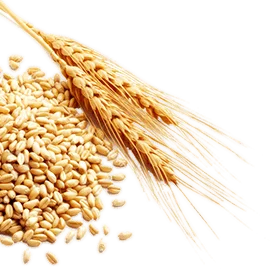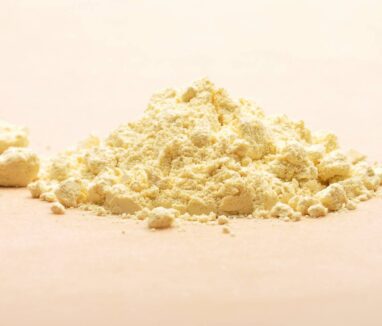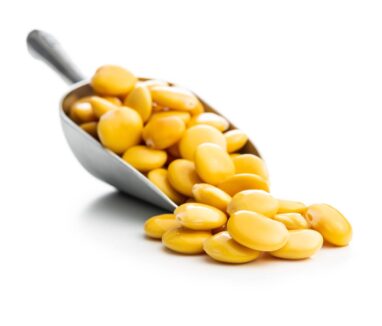Types: White lupin (Lupinus albus), Australian sweet lupin (Lupinus angustifolius), yellow lupin (Lupinus luteus).
Lupin can achieve nitrogen fixation of 140 and 300 kg of nitrogen per hectare, with peak values exceeding 300 kg/ha in some locations.
Lupin beans are among the highest-protein legumes, with up to 40% protein by dry weight.
An agricultural power-house.
On average, about 53.7 kg of fixed nitrogen is produced per tonne of grain dry matter.
In some trials, up to 96% of the nitrogen in lupin grain can be derived from atmospheric fixation.
White lupin yields vary by environment but can reach over 1 tonne per hectare in Mediterranean climates.
The majority of the plant’s nitrogen yield is in the grain (58%), followed by shoots (19%), pod valves (18%), and roots (5%).

Soil Health
Lupins are well-adapted to poor and acidic soils, making them valuable for crop rotations and soil improvement.
Sustainability
Their nitrogen-fixing ability reduces the need for synthetic fertilizers and benefits subsequent crops.


Packed with nutrition
Nutritional Statistics & Facts (per 100g cooked beans). Based on % of daily value.






